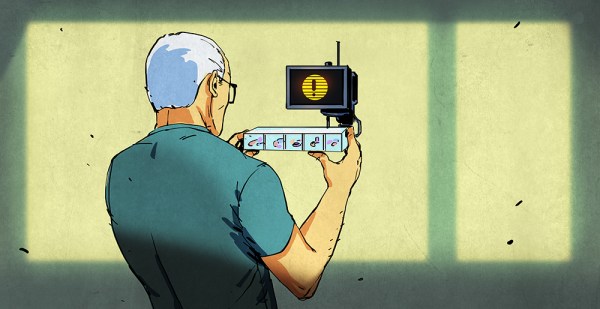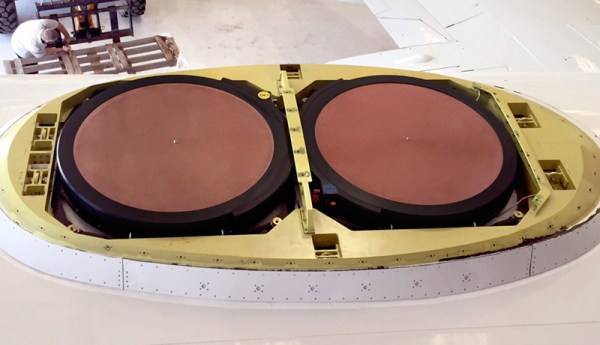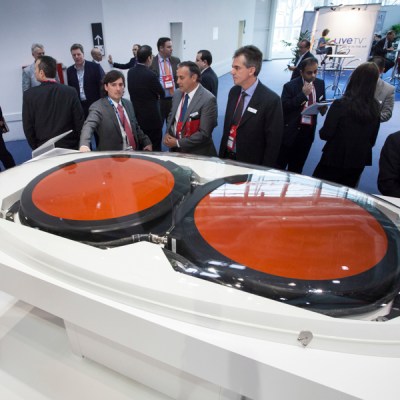Tablet computers have come a long way, long way. It finally seems like they’ve found their niche in the market, and now maybe they can catch up to more traditional computers. The Microsoft Applied Sciences division came up with a cool prototype design for a new tablet, one with a secondary e-ink input display.
The tablet interface makes use of e-ink strip above the keyboard. While it might not seem like much, this frees up a bunch of screen real estate, allowing you to have various icons and shortcuts off screen. It makes a ton of sense for digital artists as they can draw on the screen, but also have their toolkit open right below them — almost like real painting/drawing.
One of the other great uses for something like this is a signature pad — with everything going digital, when is the last time you had to print, sign, and scan a document back to someone? They even developed a dedicated email app you can use solely on the e-ink screen, allowing you to maximize the use of your main screen for something like a video chat.
The demo is pretty cool, and we often wonder why there aren’t more phones with e-ink displays integrated into them — is this just the beginning?
Continue reading “E-Ink Display Moves On-Screen Controls Off-Screen”

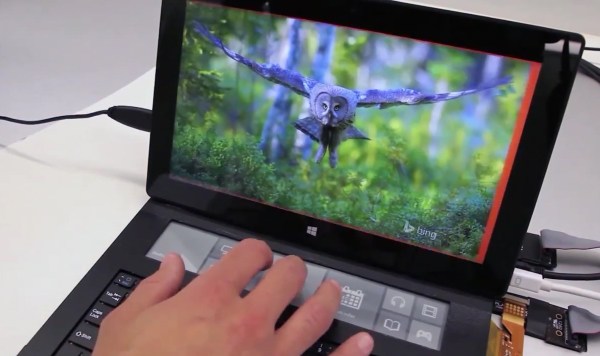
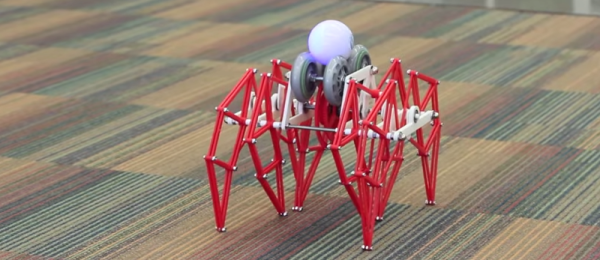


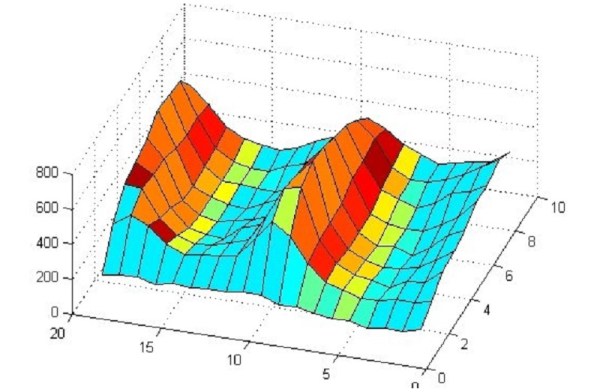
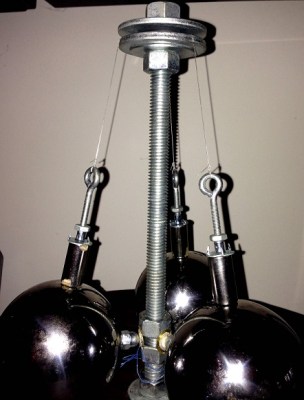 physical biochemistry. While he doesn’t exactly have the background needed to pioneer a novel approach to predict earthquakes, he’s
physical biochemistry. While he doesn’t exactly have the background needed to pioneer a novel approach to predict earthquakes, he’s 
